Your gateway to endless inspiration
Mythology - Blog Posts
Finally a fae that looks like a fae!








The Wood Sprite in Guillermo del Toro’s Pinocchio

Forest Nymph by Hans Heyerdahl (1890)
Hermes my favorite messenger. 💗
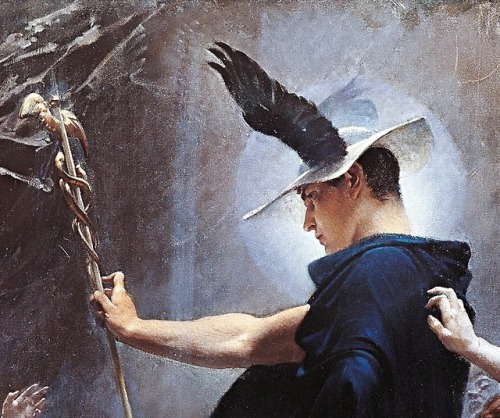
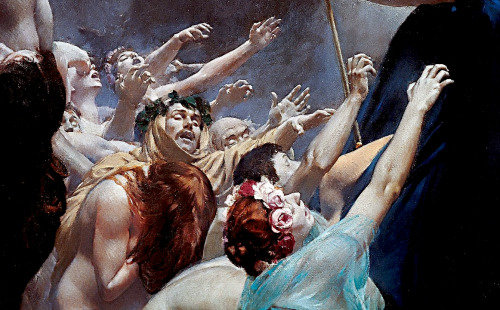
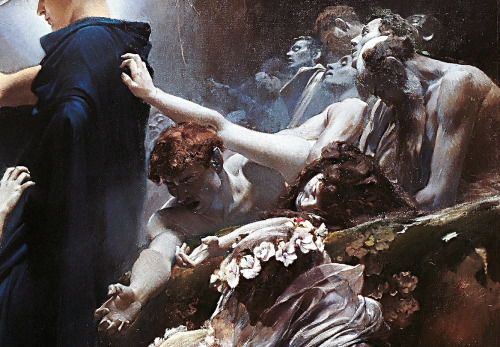
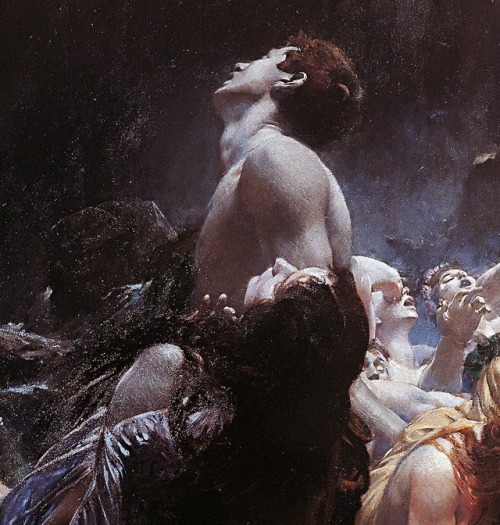
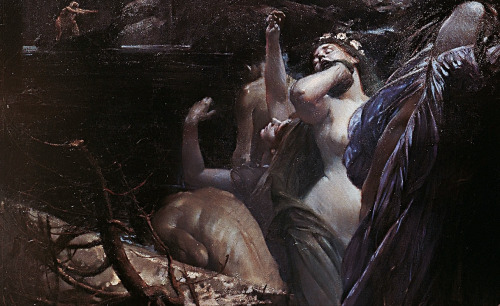
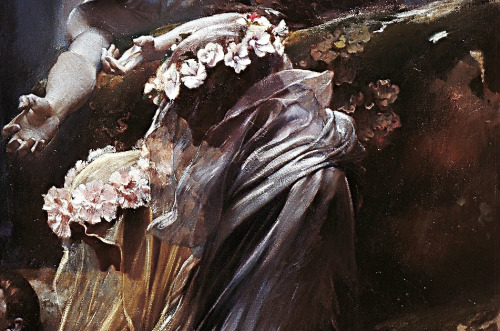
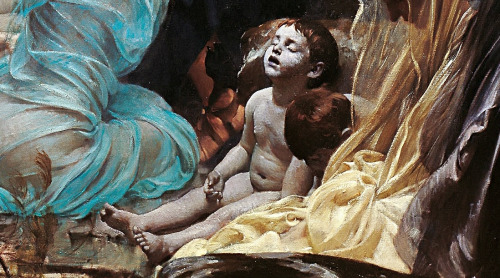
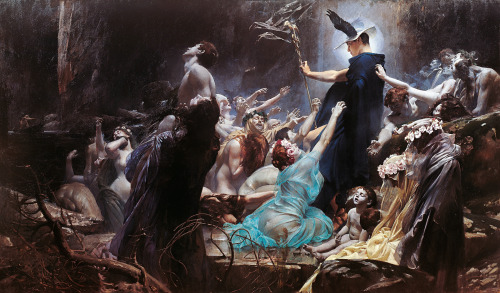
The Souls of Acheron (1898) - Adolf Hirémy-Hirschl
Yule art that put me in the holiday spirit!

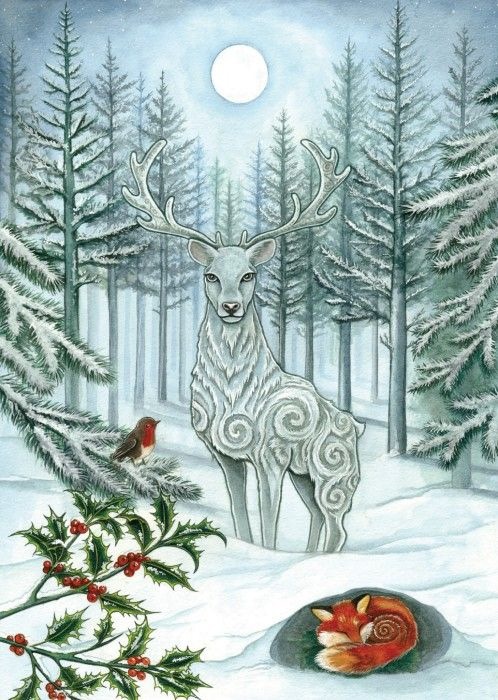
Michael Kerbow, Esther Remmington
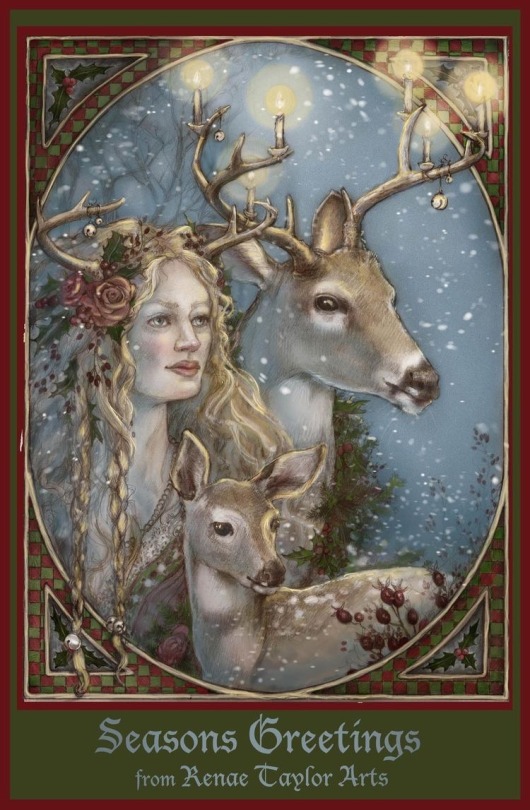
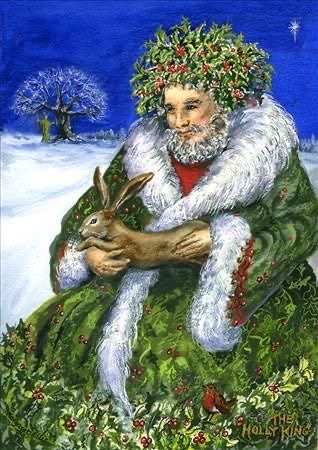
Renae Taylor art, Margaret Ellis
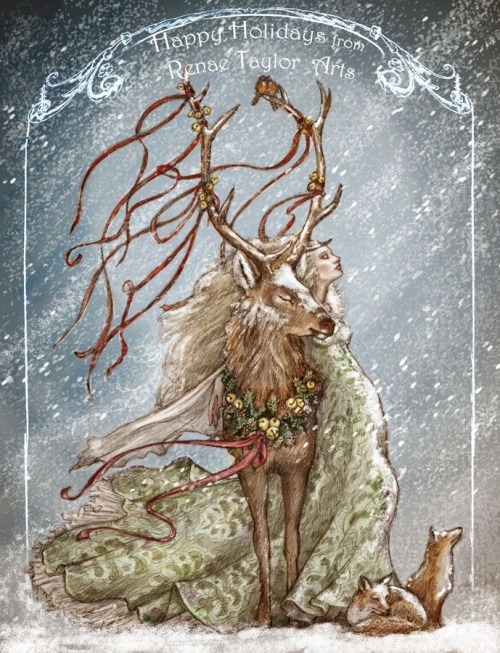

Renae Taylor arts, L. Helje

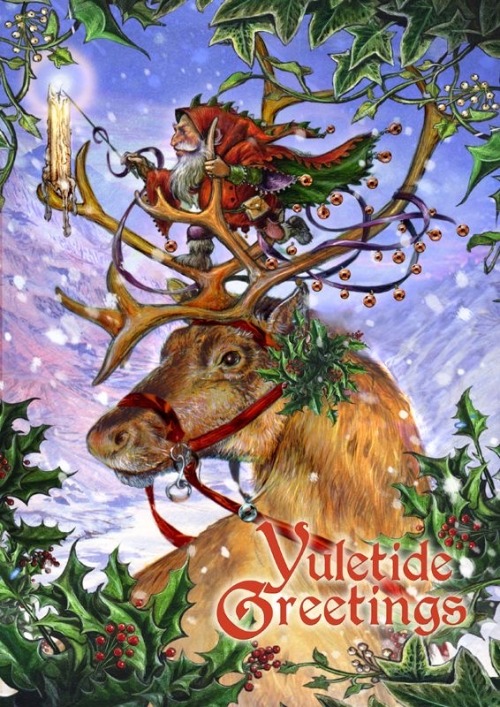
Julien Hatswell, Briar
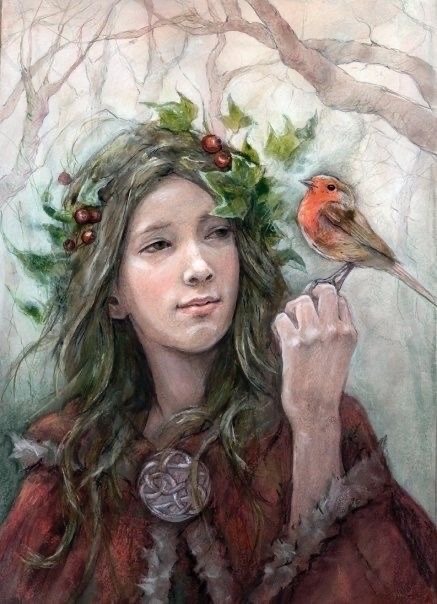

Wendy Andrews, Lynn Bywaters art

SAMHAIN
By far the best known Gaelic festival, Samhain marked the end of summer in Ireland, when assemblies were held and the cattle were brought to winter pastures. The traditional (though contested) date is usually given as November 1st, with festivities beginning at dusk on October 31st. Like with Bealtaine, the festival of Samhain is marked by bonfires and an emphasis on protection from Otherworldly forces. Syncretism with All Hallow's Eve resulted in many traditions involving the dead or the Daoine Sidhe roaming the lands on Samhain, looking to snatch away or otherwise harm those who did not observe the proper rites. As such, the wearing of disguises and the creation of charms were meant to ward away unwanted attention. Divination games were also common on Samhain, primarily concerning matters of love and marriage. Hiding trinkets such as coins or rings in plates of food and loaves of bread was the most popular method, although apples and hazelnuts were also employed. Samhain is also the setting for many of Irish mythology's most famous tales, especially stories of wooings and conceptions. Modern Scottish tradition associates Samhain with the Cailleach, the hag of winter, who rules over the colder months. The Brugh na Boinne was particularly associated with Samhain, and modern folklore describes it as the site of battles, feasts, and games carried out by the Daoine Sidhe on Samhain night. This piece features a deer skull to evoke the deer herd of the Cailleach and the traditions surrounding death, with crossed swords and the Brugh na Boinne for the Daoine Sidhe. Loaves of bannock and barmbrack, along with nuts and apples, encompass the culinary aspects of the holiday, and the quaich cup (a common sight at weddings) and divinatory trinkets hint at its more romantic overtones. Finally, bonfire flames, a carved tumshie lantern, and a parshell cross serve as charms to ward away Otherworldly dangers. Lá Fhéile Shamhna sona daoibh!
I see a lot of American cryptids and mythical creatures on here, so I thought I'd share some of my favourite creatures from here in Wales! 🏴
Afanc
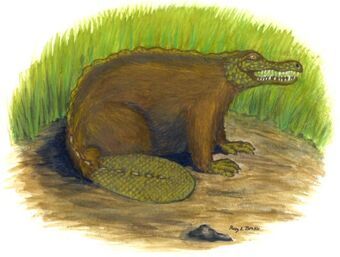
A crocodile and beaver type creature. It lives in welsh lakes, and sometimes Conwy river. It's a demonic creature that eats anyone who swims in its home.
Ceffyl Dwr
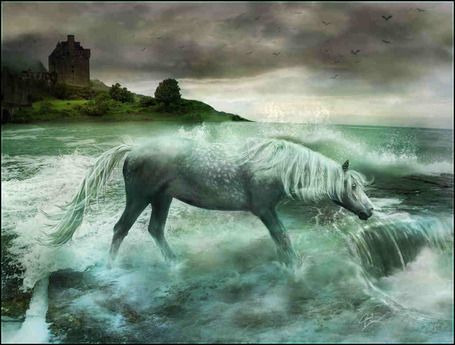
Similar to the Scottish kelpie. It inhabits mountain pools and waterfalls. North wales lore says it's quite evil and foreboding, whereas south wales lore says it's quite a friendly creature. I'm north Walian so this is our version: It entices people to ride it and then evaporates mid air, so the rider falls to his death.
Llamhygin Y Dwr
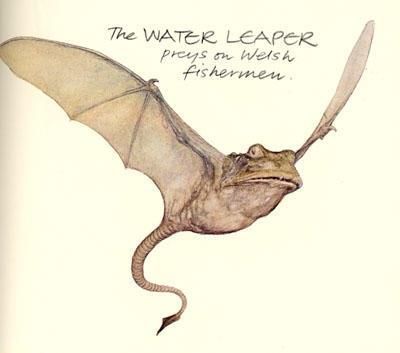
The Water Leaper. It's a bat/frog/lizard hybrid. It lives in lakes and ponds, snapping fisherman's lines and eats livestock and fishermen.
Y Ddraig

The famous welsh dragon, featured on our flag. Legend says that Vortigen wanted to build a castle right where 2 dragons were said to be sleeping. When they started digging, they found 2 dragons fighting, one white and one red. The red dragon won.
Gwillgi
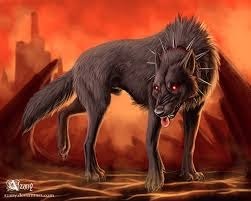
Similar to the English black shuck, gwillgi is a fearsome black dog who haunts rural welsh roads at night.
Coblynau

Gnome like fairy creatures, they live in Welsh mines. They help the miners find the rich veins of ore and other treasures by knocking.
Cyhyraeth

Similar to the Irish Bean Sidhe, y cyhyraeth is a disembodied moaning voice that foretells death.
Cath Palug

Palugs cat was an enormous cat that lived on Anglesey. It killed 180 warriors who were sent to kill it.
Adar Llwch Gwin

Griffin type creatures that were gifted to Drudwas ap Tryffin by his faerie wife. They understand human language and obey commands.
Cadair Idris

Translates to "Chair of Idris". Idris was a huge giant and this mountain was his chair. Legend has it that if you sleep on this mountain, you'll either wake a madman or never wake at all. I've actually been here, it's not far from my house.
Hope you enjoyed these few creatures from Wales!!🏴
Fun fact! According to folklorists, all myths, fairy tales and nursery rhymes that are about some dude named Jack are talking about the same guy
What this means is, that ever single one of the following
Jack Be Nimble (who jumped over burning candles for fun)
Jack the Giant Killer (who sold his cows for magic beans then robbed and killed a giant)
Stingy Jack (who tricked the devil so many times he was banned from both afterlives)
Jack of Jack and Jill (who splattered his head open falling down a hill)
Jack o’ Lantern (the headless horseman spirit of halloween)
Jack Frost (the spirit who heralds the end of autumn and the start of winter)
Are literally the same jackass who made so many bad life choices he ended up an immortal ice dullahan with a pumpkin serving as both his head and flashlight

Tried drawing Athena. It’s very rough around the edges but I’m proud of it.
The first story has been written! It is about a forest and a pair of black riding boots. On top of that, let me reveal one more character: Elliot, the ‘awkward apprentice’, has a talent for luring memories from objects. He has the gentleness and the patience that is required for so delicate a task. But sometimes Gabri worries about him. So many of these treasured objects come with memories of grieve, of lost lovers or lost friends or lost parents. And experiencing all that sadness and anger, even if it is secondhand? She is just not sure if he will have the stomach for it.
So… I am thinking of creating a podcast. It would kind of be like the Magnus Archives, in the sense that every episode is its own small story (and maybe connected to a larger frame?). Only instead of horror, it’s urban fantasy, loosely inspired by Scottish mythology. And instead of an Archivist, it is told by Gabri, a women in her early thirties running a small antique store. She uses magic to pull the memories from objects; memories she assembles, smooths out and collects. Prepare for a lot of faeries, magic lore, awkward apprentices, extravagant antique-sellers, apparitions, foggy autumn feelings and summonings. Would this be something you people would listen to?
So... I am thinking of creating a podcast. It would kind of be like the Magnus Archives, in the sense that every episode is its own small story (and maybe connected to a larger frame?). Only instead of horror, it’s urban fantasy, loosely inspired by Scottish mythology. And instead of an Archivist, it is told by Gabri, a women in her early thirties running a small antique store. She uses magic to pull the memories from objects; memories she assembles, smooths out and collects. Prepare for a lot of faeries, magic lore, awkward apprentices, extravagant antique-sellers, apparitions, foggy autumn feelings and summonings. Would this be something you people would listen to?
I also feel like it should be noted that what we call the "Original Myths" are just the oldest versions to actually be written down. Myths changed with the various cultures and times. Sometimes gods changed (for example Proto-Poseidon seems to have been the head god of Mycenean Greece, while Zeus is the head god of Ancient Greece), and sometimes the details changed (for example Medusa's various origins). I believe retellings of myths have been around since Christian era Rome at least.
So long as you aren't claiming that your version is the original (without sources to back it up), or that the myths said something that they actually didn't (such as Loki being a queer icon), it's fine to retell the stories.
Also how many Western stories echo stories from Christian mythology?
In defense of retellings & reimaginings
I'm not going to respond to the post that sparked this, because honestly, I don't really feel like getting in an argument, and because it's only vaguely even about the particular story that the other post discussed. The post in question objected to retellings of the Rape of Persephone which changed important elements of the story -- specifically, Persephone's level of agency, whether she was kidnapped, whether she ate seeds out of hunger, and so on. It is permissible, according to this thesis, to 'fill in empty spaces,' but not to change story elements, because 'those were important to the original tellers.' (These are acknowledged paraphrases, and I will launch you into the sun if you nitpick this paragraph.)
I understand why to the person writing that, that perspective is important, and why they -- especially as a self-described devotee of Persephone -- feel like they should proscribe boundaries around the myth. It's a perfectly valid perspective to use when sorting -- for example -- which things you choose to read. If you choose not to read anything which changes the elements which you feel are important, I applaud you.
However, the idea that one should only 'color in missing pieces,' especially when dealing with stories as old, multi-sourced, and fractional as ancient myths, and doing so with the argument that you shouldn't change things because those base elements were important to the people who originally crafted the stories, misses -- in my opinion -- the fundamental reason we tell stories and create myths in the first place.
Forgive me as I get super fucking nerdy about this. I've spent the last several years of my life wrestling with the concept of myths as storytelling devices, universality of myths, and why myths are even important at all as part of writing on something like a dozen books (a bunch of which aren't out yet) for a game centered around mythology. A lot of the stuff I've written has had to wrestle with exactly this concept -- that there is a Sacred Canon which cannot be disrupted, and that any disregard of [specific story elements] is an inexcusable betrayal.
Myths are stories we tell ourselves to understand who we are and what's important to us as individuals, as social groups, and as a society. The elements we utilize or change, those things we choose to include and exclude when telling and retelling a story, tell us what's important to us.
I could sit down and argue over the specific details which change over the -- at minimum -- 1700 years where Persephone/Kore/Proserpina was actively worshiped in Greek and Roman mystery cults, but I actually don't think those variations in specific are very important. What I think is important, however, is both the duration of her cults -- at minimum from 1500 BCE to 200CE -- and the concept that myths are stories we tell ourselves to understand who we are and what's important to us.
The idea that there was one, or even a small handful, of things that were most important to even a large swath of the people who 'originally' told the store of the Rape of Persephone or any other 'foundational' myth of what is broadly considered 'Western Culture,' when those myths were told and retold in active cultic worship for 1700 years... that seems kind of absurd to me on its face. Do we have the same broad cultural values as the original tellers of Beowulf, which is only (heh) between 1k-1.3k years old? How different are our marital traditions, our family traditions, and even our language? We can, at best, make broad statements, and of inclusive necessity, those statements must be broad enough as to lose incredible amounts of specificity. In order to make definitive, specific statements, we must leave out large swaths of the people to whom this story, or any like it, was important.
To move away from the specific story brought up by the poster whose words spun this off, because it really isn't about that story in particular, let's use The Matter of Britain/Arthuriana as our framing for the rest of this discussion. If you ask a random nerd on Tumblr, they'd probably cite a handful of story elements as essential -- though of course which ones they find most essential undoubtedly vary from nerd to nerd -- from the concept that Camelot Always Falls to Gawain and the Green Knight, Percival and the grail, Lancelot and Guinevere...
... but Lancelot/Guinevere and Percival are from Chrétien de Troyes in the 12th century, some ~500 years after Taliesin's first verses. Lancelot doesn't appear as a main character at all before de Troyes, and we can only potentially link him to characters from an 11th century story (Culhwch and Olwen) for which we don't have any extant manuscripts before the 15th century. Gawain's various roles in his numerous appearances are... conflicting characterizations at best.
The point here is not just that 'the things you think are essential parts of the story are not necessarily original,' or that 'there are a lot of different versions of this story over the centuries,' but also 'what you think of as essential is going to come back to that first thesis statement above.' What you find important about The Matter of Britain, and which story elements you think can be altered, filed off or filled in, will depend on what that story needs to tell you about yourself and what's important to you.
Does creating a new incarnation of Arthur in which she is a diasporic lesbian in outer space ruin a story originally about Welsh national identity and chivalric love? Does that disrespect the original stories? How about if Arthur is a 13th century Italian Jew? Does it disrespect the original stories if the author draws deliberate parallels between the seduction of Igerne and the story of David and Bathsheba?
Well. That depends on what's important to you.
Insisting that the core elements of a myth -- whichever elements you believe those to be -- must remain static essentially means 'I want this myth to stagnate and die.' Maybe it's because I am Jewish, and we constantly re-evaluate every word in Torah, over and over again, every single year, or maybe it's because I spend way, way too much time thinking about what's valuable in stories specifically because I write words about these concepts for money, but I don't find these arguments compelling at all, especially not when it comes to core, 'mainstream' mythologies. These are tools in the common toolbox, and everybody has access to them.
More important to me than the idea that these core elements of any given story must remain constant is, to paraphrase Dolly Parton, that a story knows what it is and does it on purpose. Should authors present retellings or reimaginings of the Rape of Persephone or The Matter of Britain which significantly alter historically-known story elements as 'uncovered' myths or present them as 'the real and original' story? Absolutely not. If someone handed me a book in which the new Grail was a limited edition Macklemore Taco Bell Baja Blast cup and told me this comes directly from recently-discovered 6th century writings of Taliesin, I would bonk them on the head with my hardcover The Once & Future King. Of course that's not the case, right?
But the concept of canon, historically, in these foundational myths has not been anything like our concept of canon today. Canon should function like a properly-fitted corset, in that it should support, not constrict, the breath in the story's lungs. If it does otherwise, authors should feel free to discard it in part or in whole.
Concepts of familial duty and the obligation of marriage don't necessarily resonate with modern audiences the way that the concept of self-determination, subversion of unreasonable and unjustified authority, and consent do. That is not what we, as a general society, value now. If the latter values are the values important to the author -- the story that the author needs to tell in order to express who they are individually and culturally and what values are important to them* -- then of course they should retell the story with those changed values. That is the point of myths, and always has been.
Common threads remain -- many of us move away from family support regardless of the consent involved in our relationships, and life can be terrifying when you're suddenly out of the immediate reach and support of your family -- because no matter how different some values are, essential human elements remain in every story. It's scary to be away from your mother for the first time. It's scary to live with someone new, in a new place. It's intimidating to find out that other people think you have a Purpose in life that you need to fulfill. It's hard to negotiate between the needs of your birth family and your chosen family.
None of this, to be clear, is to say that any particular person should feel that they need to read, enjoy, or appreciate any particular retelling, or that it's cool, hip and groovy to misrepresent your reworking of a myth as a 'new secret truth which has always been there.' If you're reworking a myth, be truthful about it, and if somebody told you 'hey did you know that it really -- ' and you ran with that and find out later you were wrong, well, correct the record. It's okay to not want to read or to not enjoy a retelling in which Arthur, Lancelot and Guinevere negotiate a triad and live happily ever after; it's not really okay to say 'you can't do that because you changed a story element which I feel is non-negotiable.' It's okay to say 'I don't think this works because -- ' because part of writing a story is that people are going to have opinions on it. It's kind of weird to say 'you're only allowed to color inside these lines.'
That's not true, and it never has been. Greek myths are not from a closed culture. Roman myths are not sacrosanct. There are plenty of stories which outsiders should leave the hell alone, but Greek and Roman myths are simply not on that list. There is just no world in which you can make an argument that the stories of the Greek and Roman Empires are somehow not open season to the entire English-speaking world. They are the public-est of domain.
You don't have to like what people do with it, but that doesn't make people wrong for writing it, and they certainly don't have to color within the lines you or anyone else draws. Critique how they tell the story, but they haven't committed some sort of cultural treachery by telling the stories which are important to them rather than the stories important to someone 2500 years dead.
****
*These are not the only reasons to tell a story and I am not in any way saying that an author is only permitted to retell a story to express their own values. There are as many reasons to tell a story as there are stories, and I don't really think any reason to create fiction is more or less valid than any other. I am discussing, specifically, the concept of myths as conveyors of essential cultural truths.

Class doodle of xolotl before mythology and after all the myths


Class doodles because I'm too lazy to draw something properly ☝️
Ft. Quetzalcoatl & Tonatiuh

Tezcatlipoca Tlacatlé Totecué

Happy Christmas from all the Tezcatlipoca family!

Tezcatlipoca with the native hat of my town

Happy Dia de Muertos! Today is the only day of the year you can reblog this!

Happy Quetzalcoatl day!! Today is his name of the calendar (12/10/24), therefore, it's his "birthday"
Today is also ruled by Tezcatlipoca, his brother and arch nemesis


Mini comic with Xochiquetzal and Tezcatlipoca

Xolotl sketch

Huitzilopochtli sketch!

Half-body Tezcatlipoca. I'd be lying if I didn't say he's the one that I draw and sketch the most

Sketch of Xólotl. One of my favorite things to draw honestly

Late post but I'M FINALLY FREE FROM EXAMS YIPEEE. Here's a Tlazolteotl paint I made this morning now that I have more time to draw 🥳
(The reference is below)


I found this funny for whatever reason. Anyways first time drawing the boy!

Huehuecoyotl sketch! Tried to be as accurate as possible (although I wanted to include the maracas from my story hehe)

I have just realised that I had never posted this! It's a painting of Xipe-Totec I made on spring. Enjoy this as I'll be (i think) inactive due to exams coming this two months

Loki doodle. Honestly I did it without any reference


Class doodles part 6. Man I should be doing some proper drawings but the exam season never ends for me 😔😔
![[WIP] THE EEPY IS BACK EVERYBODY!!!](https://64.media.tumblr.com/c80079fd54c76c1cae35822b674e7c23/9e9344eb31acc4c6-33/s500x750/3c401269496e4985a2132748cf1fc8d3b4f8ca8f.png)
![[WIP] THE EEPY IS BACK EVERYBODY!!!](https://64.media.tumblr.com/23bffbe62c0cf4a2aa35a47e3560a140/9e9344eb31acc4c6-f0/s500x750/73bc113348210c36c226892e4a70c791c3f0e0a1.jpg)
[WIP] THE EEPY IS BACK EVERYBODY!!!
I'll upload a new version of this when i finish